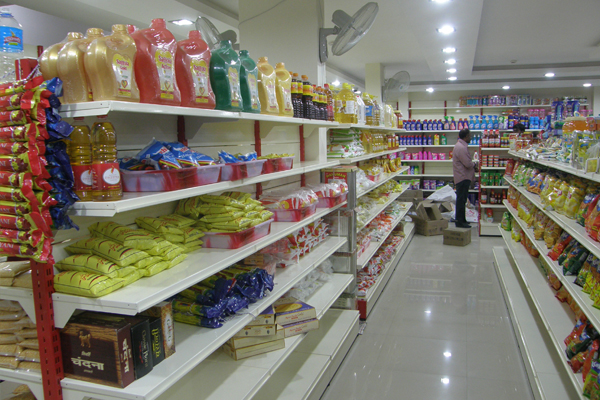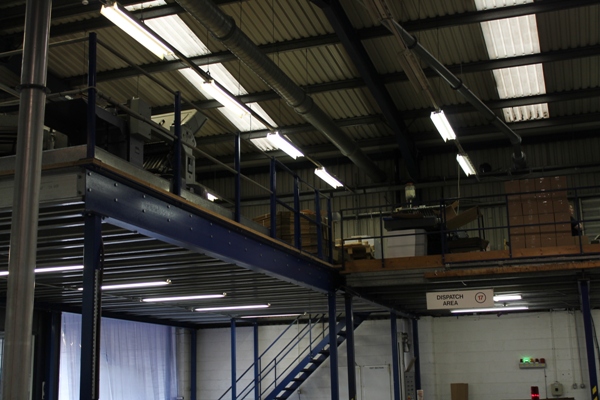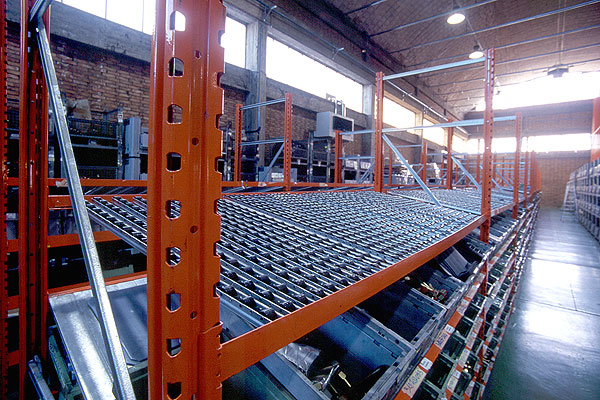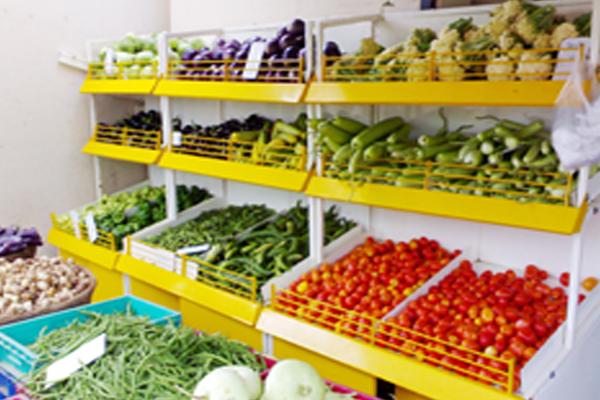A boom in e-commerce results in warehouses filling up faster than the accumulated inventory is being cleared. As product lines expand, inventory is being carelessly stored in warehouses without designated places for each product. In this scenario, warehouse slotting is a big blessing for small and big warehouses.
Let’s take a quick trip into this blog to learn about warehouse slotting and how it benefits businesses.
Warehouse Slotting: Why it is an Important Storage Solution
The need to invent new storage solutions arises when the existing space in warehouses is no longer sufficient. Lack of space to store Stock Keeping Units or SKUs can lead to chaos and confusion.
So, what’s the solution to this imminent problem faced by most warehouses? Say hello to Warehouse Slotting, a step-by-step process of categorising and organising inventory in a warehouse to maximise the use of space and reduce inventory handling.
More inventory means a longer time for loading, pick up and distribution. The right slotting technique can help warehouses:
- Increase their storage capacity.
- Improve the picking efficiency.
- Accommodate seasonal demands.
- Optimise the use of warehouse space.
- Reduce handling expenses.
As the name implies, warehouse slotting utilises slotted-angle shelves on which inventory is placed in the most efficient way possible. Warehouse slotting has several objectives. It minimises the storage space and simplifies picking paths to make workflow easier.
Types of Slotting Solutions Available for Warehouses
Generally, warehouse slotting is available in three types.
1. Fixed Slotting
Fixed slots refer to items that are packed in fixed bin locations. If the minimum order quantity in the fixed location is depleted when picking production orders, a replenishment task will be invoked to replenish the stock from the replacement pick location.
2. Random Slotting
In random slotting, the inventory is assigned to more than one location rather than being confined to a single location in the warehouse. The objective is to reduce the pickup time as incoming stock is stored directly in the “put away.” As many putaways will go to direct locations, replenishment time will be reduced despite the need for inventory reserves.
3. Dynamic Slotting
Dynamic slotting is a fairly new term and is yet to get standardised. Warehouse management can set up temporary or new slots for items destined for known shipments. Rather than sending a picker to the normal slot, a warehouse team might create a new temporary slot right next to the area where pickers pick and ship items if they anticipate a high percentage of picks for a particular item.
Preparing a warehouse for slotting takes a lot of work, reorganisation, and continuous improvement. The bottom line is that it can positively impact the business in several ways. Let’s discuss how slotting solutions benefit warehouses.
Advantages of Implementing Slotting in Warehouses
1. Faster & Accurate Picking
A slotted system allows inventory to be stocked based on type, size, weight, destination, etc. Instead of spending hours looking for the inventory and relying on guesswork to locate it, pickers can identify the slot and pick, package, and ship items with minimal time. That way, pickers can rely more on speed and ship more items out of the warehouse.
Furthermore, slotting ensures that inventory with similar characteristics like size, outer wrapping, shapes, etc., is not stored next to each other. This way, pickers are less likely to become confused and commit errors since they can clearly identify products.
2. Improved Safety & Ergonomics
With slotting, fast-moving inventory is placed at an ideal height, reducing any mishaps during pickup. Products are also sorted and stored as per their weight and fragility to ensure that picking is done with ample safety.
3. Optimum use of space
The use of slots can provide opportunities for increasing storage capacity. To avoid wasted space, the right slotting strategy considers the entire cube space of the warehouse. This strategy also requires fewer pallets.
4. Easy Replenishment & Workload Balance
Slotting lets production and operations managers know where high, medium, and low moving items are. This knowledge helps distribute the workload uniformly among warehouse operators. Furthermore, a slotting strategy ensures that each product has a pre-determined slot made according to the dimensions of each product. As a result, replenishment requires less time and effort, and there is no guesswork.
5. Lesser Carrying Costs
The carrying costs can be easily calculated using the following formula:
Storage Expenses + Employee Salaries + Opportunity Costs + Depreciation Costs / Total Value of Annual Inventory = Inventory carrying costs. Instead of hiring more workers or renting more warehouse space, optimising warehouse space with slotting and improving processes can lower carrying costs.
Save Space with Slotting
Slotting is a slow and dynamic process. It requires a lot of planning to determine optimal layouts and inventory storage. However, despite all odds, slotting is a great strategy to align with the changing products and customers.
To gain more awareness about warehouse slotting, you may consult our team at Donracks, Trichy. Give us a call or connect with us through email.





